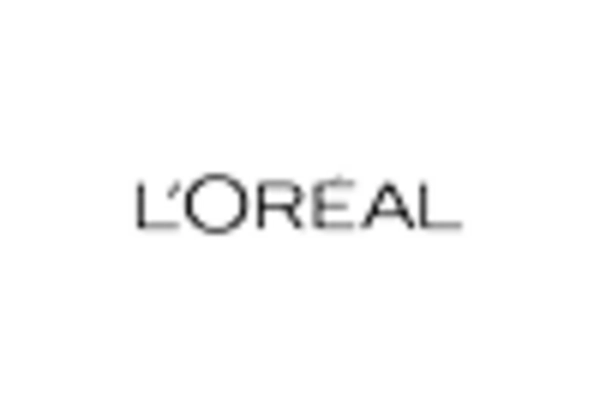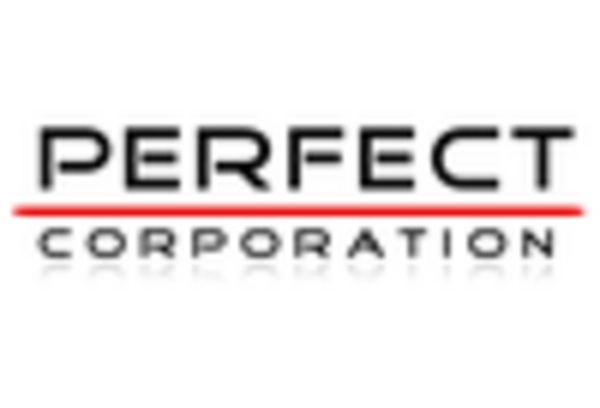Rising Demand for Virtual Try-Ons
The increasing consumer preference for online shopping has led to a surge in the demand for virtual try-on solutions within the Virtual Mirror Market. As consumers seek to enhance their online shopping experience, retailers are integrating virtual mirrors to allow customers to visualize products before purchase. This trend is particularly evident in the fashion and beauty sectors, where the ability to try on clothing or makeup virtually can significantly influence purchasing decisions. According to recent data, the virtual try-on segment is projected to grow at a compound annual growth rate of over 20% in the coming years, indicating a robust market potential for virtual mirrors.
Increased Focus on Customer Experience
In the competitive landscape of retail, businesses are increasingly prioritizing customer experience, which is a key driver for the Virtual Mirror Market. Retailers recognize that providing an engaging and interactive shopping experience can lead to higher customer retention and satisfaction rates. Virtual mirrors facilitate this by allowing customers to experiment with products in a virtual environment, thus enhancing their overall shopping journey. Data suggests that retailers utilizing virtual mirrors report a notable increase in conversion rates, with some experiencing up to a 30% rise in sales, underscoring the importance of this technology in modern retail strategies.
Integration with Social Media Platforms
The integration of virtual mirrors with social media platforms is emerging as a significant trend within the Virtual Mirror Market. As consumers increasingly share their shopping experiences online, brands are recognizing the value of incorporating virtual try-on features that can be easily shared on social media. This not only enhances brand visibility but also encourages user-generated content, which can drive further engagement. The potential for virality in social media campaigns featuring virtual mirrors is substantial, as users are likely to share their virtual try-ons with their networks, thereby expanding the reach and impact of marketing efforts.
Technological Advancements in AR and AI
The rapid advancements in augmented reality (AR) and artificial intelligence (AI) technologies are driving innovation within the Virtual Mirror Market. These technologies enable more realistic and interactive experiences, allowing users to see themselves in various products in real-time. Enhanced algorithms and machine learning capabilities are improving the accuracy of virtual fittings, which is crucial for consumer satisfaction. As AR and AI technologies continue to evolve, they are expected to create new opportunities for virtual mirrors, potentially increasing their adoption across various sectors, including retail, healthcare, and entertainment.
Growth of the Beauty and Fashion Sectors
The beauty and fashion industries are experiencing significant growth, which is positively impacting the Virtual Mirror Market. As these sectors expand, the demand for innovative solutions that enhance consumer engagement is rising. Virtual mirrors are becoming essential tools for brands looking to differentiate themselves in a crowded market. The beauty industry, in particular, is leveraging virtual mirrors to offer personalized experiences, such as virtual makeup applications. Market analysis indicates that the beauty segment alone is expected to contribute substantially to the overall growth of the virtual mirror market, with projections suggesting a market size increase of over 15% in the next few years.

















Leave a Comment